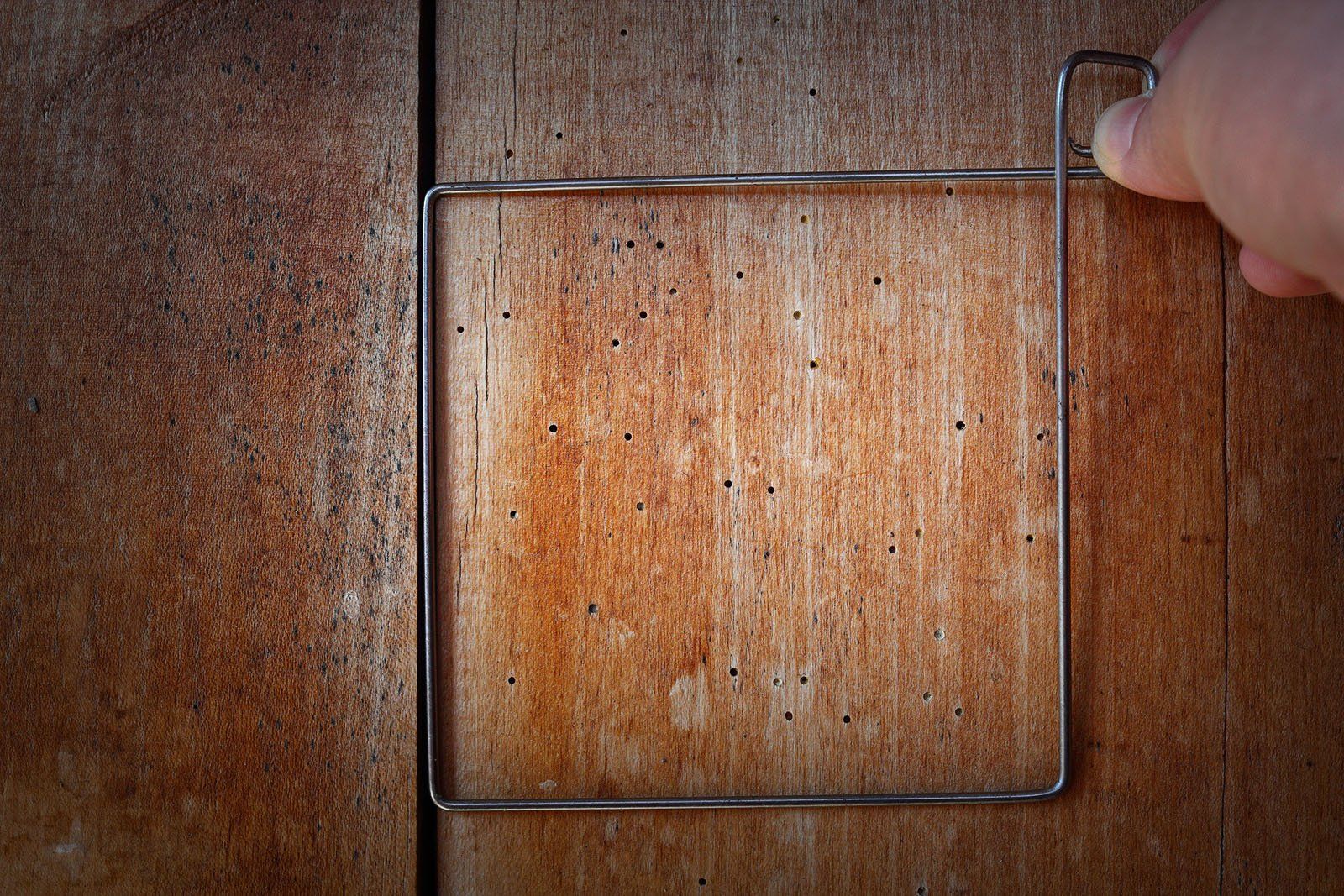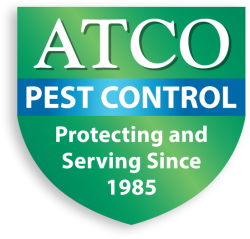The Different Types of Wood Destroying Organisms
Not many know there are different types of wood destroying organisms—termites aren’t the only ones! Luckily at ATCO, our team treat for every wood destroying organism in order to keep your home’s structure safe for you and your family.

Wood Boring Beetles
Powderpost beetles, a type of wood-boring beetle, can cause extensive damage to wood structures within your home. Each insect is capable of living up to a year and can up to 50 offspring per breeding cycle. Our wood boring beetle treatment can include either fumigation, thermal treatment, or topical borate treatment, depending on the extent of your infestation.
Carpenter Ants Vs. Termites
A lot of people frequently confuse termites and carpenter ants due to their similar size, but carpenter ants are another wood destroying organism. Here are a few ways to set them apart:
- Appearance – Carpenter ants have a well-defined narrow waist, bent antennae, and have four wings of uneven length. Termites have no waist, straight antennae, and its four wings are of equal size – much longer than its body.
- Behavior – Termites eat wood, and the galleries they create may have mud or soil inside. Carpenter ant galleries however, are clean and can almost appear as if the wood has been sanded. Carpenter ants do not actually eat the wood, but rather chew on it in order to create nesting areas.
- Evidence – Drywood termite frass (their fecal pellets) resemble course sand, while Carpenter ant debris looks similar to pencil shavings.
Wood Destroying Organism Inspection for Real Estate
Are you a real estate agent or potential homebuyer and looking for a qualified wood destroying organism inspection company? ATCO has you covered. Our inspectors are licensed to give you, your mortgage lender, or your real estate agent a wood destroying organism report—that way, you know beforehand what you’re getting into. (You may also hear this called a wood destroying fungus report or a wood destroying rot inspection.) Our inspectors will send this report to the lender before money is put down on the house.
Our wood destroying organism report includes:
- A complete exterior and interior inspection.
- A list of current or past evidence of wood destroying organisms.
- The identification of potential entry points.
- The identification of rot or fungus.
- A report of our final thoughts on the probability of wood destroying organisms infesting the home.
Signs of Wood Destroying Organisms
It’s imperative to get a professional wood destroying organism inspection if you think you may have these insects in your home—even if you’re not selling or buying a home. Not only can they cause structural damage, dry rot, or fungus, but WDOs can potentially cause health issues as well.
The signs of wood destroying organisms in your home are:
- Buckling or spongey-feeling wood on floors, porches/decks, walls, attic beams, etc.
- A whiteish tint on wood.
- Rotting wood / dry rot.
- Developing mold.



